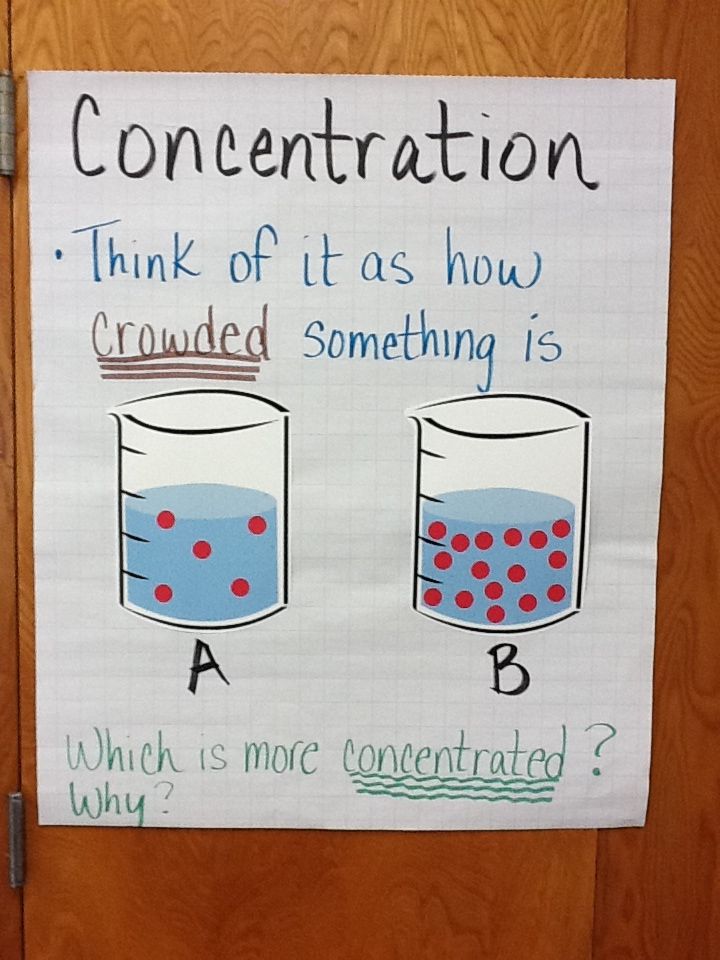Understanding the Key Differences Between Group Insurance and Blanket Health Policies
Introduction
Choosing the right health insurance for your organization or group can be a complex process. Two common options- group insurance and blanket health policies -offer different benefits, limitations, and applications. Understanding the difference between these two types is essential for employers, administrators, and members looking to ensure appropriate coverage while managing costs and administration efficiently. This guide provides a comprehensive explanation of both approaches, with actionable advice and real-world examples to help you make an informed decision.
What is Group Health Insurance?
Group health insurance typically refers to a policy purchased by an employer or organization to cover its employees or members. The coverage is ongoing and usually renews annually, providing long-term protection and stability for the insured group. Premiums are often shared between the employer and employees, making the cost more manageable for individuals [5] .
Key characteristics include:
- Defined Group: Covers a specific, pre-determined group such as company employees or organization members [1] .
- Comprehensive Coverage: Often includes medical, dental, and vision benefits, with lower deductibles and copayments compared to individual policies [2] .
- Shared Costs: Premiums are generally lower because risk is spread across the group, and employers often subsidize part of the cost [5] .
- Standardized Benefits: Coverage is selected by the employer or group leader, so all insured members receive the same benefits [4] .
- Annual Renewal: Policies are typically active for a 12-month period and renewed annually, ensuring continuous protection [1] .
Example:
An employer may offer group health insurance to all full-time employees, covering medical, dental, and vision care. Employees pay a portion of the premium through payroll deductions, while the employer pays the remainder. The coverage remains active as long as the employee works for the company and the employer maintains the policy.

Source: jagranjosh.com
What is a Blanket Health Policy?
Blanket health policies are designed to provide temporary or event-specific coverage for groups linked by a common activity, event, or affiliation, rather than employment. These policies are commonly used for students on school trips, sports teams, campers, or participants in organized events [1] .
Key characteristics include:
- Temporary Coverage: Policies are set for a limited duration, such as the length of a trip, sports season, or event [4] .
- Diverse Groups: Covers groups formed by activity or affiliation rather than employment-examples include students, athletes, or conference attendees [2] .
- Customizable Benefits: Policies can be tailored to the specific risks or needs of the covered group, such as accident coverage for sports teams or medical coverage for travel groups [3] .
- Simplified Administration: Coverage is extended to all eligible participants without individual underwriting or enrollment, streamlining management [3] .
- Uniform Benefits: All covered individuals receive the same terms and benefits for the duration of the policy [1] .
Example:
A university provides a blanket health policy for all students participating in intercollegiate sports. This policy covers injuries and medical emergencies during games and practice sessions, but does not extend beyond the sports season or to students not participating in athletics.
Comparing Group Insurance and Blanket Health Policies
| Aspect | Group Insurance | Blanket Health Policy |
|---|---|---|
| Eligibility | Specific group (employees, organization members) | Event/activity-based group (students, athletes, travelers) |
| Duration | Ongoing (annual renewal) | Temporary (event or activity duration) |
| Cost Structure | Shared premiums, often lower due to employer contribution | Costs vary by event, group size, and customization |
| Customization | Limited, employer-selected | Highly customizable to event or group needs |
| Administration | Managed by employer/HR | Simplified, often no individual enrollment |
How to Decide Which Policy is Right for Your Group
When selecting between group insurance and a blanket health policy, consider the following steps:
- Define Your Group and Needs: Identify whether your group is ongoing (such as employees or association members) or temporary (such as event participants or students on a trip). Ongoing groups are better served by group insurance, while temporary or activity-based groups may benefit from blanket health policies.
- Assess Coverage Requirements: Determine the level of coverage needed. If your group requires comprehensive, long-term health protection, group insurance offers robust options. For short-term or event-specific risks, a blanket policy may be more suitable [1] .
- Evaluate Budget Constraints: Group insurance typically features lower premiums due to cost sharing and risk pooling, while blanket health policies may have variable costs based on customization and group size. Weigh the total cost against your budget and desired benefits [5] .
- Consider Administration: Group insurance requires ongoing management, including enrollment, premium collection, and renewal. Blanket policies are more streamlined but may not offer the same long-term security [3] .
- Review Customization Options: If you need to tailor coverage for unique risks or events, blanket policies provide greater flexibility. For standard benefits, group insurance is typically sufficient [1] .
Practical Application: Step-by-Step Implementation
To set up group insurance or a blanket health policy, follow these steps:
- Contact Licensed Insurance Brokers: Search for licensed insurance brokers or agencies specializing in group or blanket health coverage. Many state insurance departments provide directories of licensed professionals.
- Gather Group Information: Prepare details about your group, including size, nature (employees vs. event participants), and specific needs.
- Request Quotes: Obtain multiple quotes for both group and blanket policies, specifying your coverage requirements and duration.
- Compare Policy Features: Evaluate each policy’s coverage, exclusions, premiums, and administrative requirements. Make sure to review the provider’s reputation and claims process.
- Select and Implement Policy: Choose the policy that best fits your group’s needs and budget. Complete the necessary paperwork and ensure all eligible participants are informed of their coverage.
- Monitor and Review: For ongoing groups, review the policy annually to ensure it continues to meet your group’s needs. For blanket policies, assess outcomes after each event or season and adjust as necessary.
Challenges and Solutions
Some potential challenges when choosing or managing these policies include:
- Misalignment of Coverage: Selecting a blanket policy for an ongoing group may leave members without adequate long-term protection. Solution: Carefully match policy type to group duration and risk profile.
- Cost Overruns: Customizing blanket policies can increase costs. Solution: Work with brokers to identify essential versus optional coverage and negotiate group rates.
- Administrative Burden: Group insurance can be complex to manage. Solution: Use insurance administration software or partner with third-party administrators.
Alternative Approaches
Some organizations use a combination of both policies. For example, a school district might provide group insurance for teachers and staff, while also purchasing blanket policies for student field trips and athletic events. Others may explore association health plans or self-funded options, depending on size and risk tolerance.

Source: helpfulprofessor.com
How to Access These Policies
To access group or blanket health insurance:
- Contact your employer, school, or organization’s HR or benefits administrator for information about available group insurance.
- For blanket coverage, reach out to event organizers or association leaders. They typically arrange coverage for eligible participants.
- If you are a decision-maker, consult with a licensed insurance broker or agency. Your state’s department of insurance can provide a list of reputable brokers. Search terms such as “group health insurance broker [your state]” or “blanket health policy provider [your industry]” may help you find suitable contacts.
Summary of Key Differences
While both group insurance and blanket health policies provide coverage for multiple individuals, the core differences lie in eligibility (defined group vs. activity-based group), duration (ongoing vs. temporary), customization , and administration . Understanding these distinctions and following clear implementation steps can help you secure the right protection for your group’s unique needs.
References
- [1] Apollo Insurance (2024). The Difference Between Group Insurance & Blanket Policies.
- [2] Hitchings Insurance (2023). Difference Between Group Health & Blanket Health.
- [3] Insure Guardian (2023). Blanket Health Policies & Group Insurance: Explore.
- [4] Burial Senior Insurance (2025). Group Insurance and Blanket Health Policies Differences.
- [5] MyShortlister (2024). The Difference Between Group Insurance & Blanket Health.



